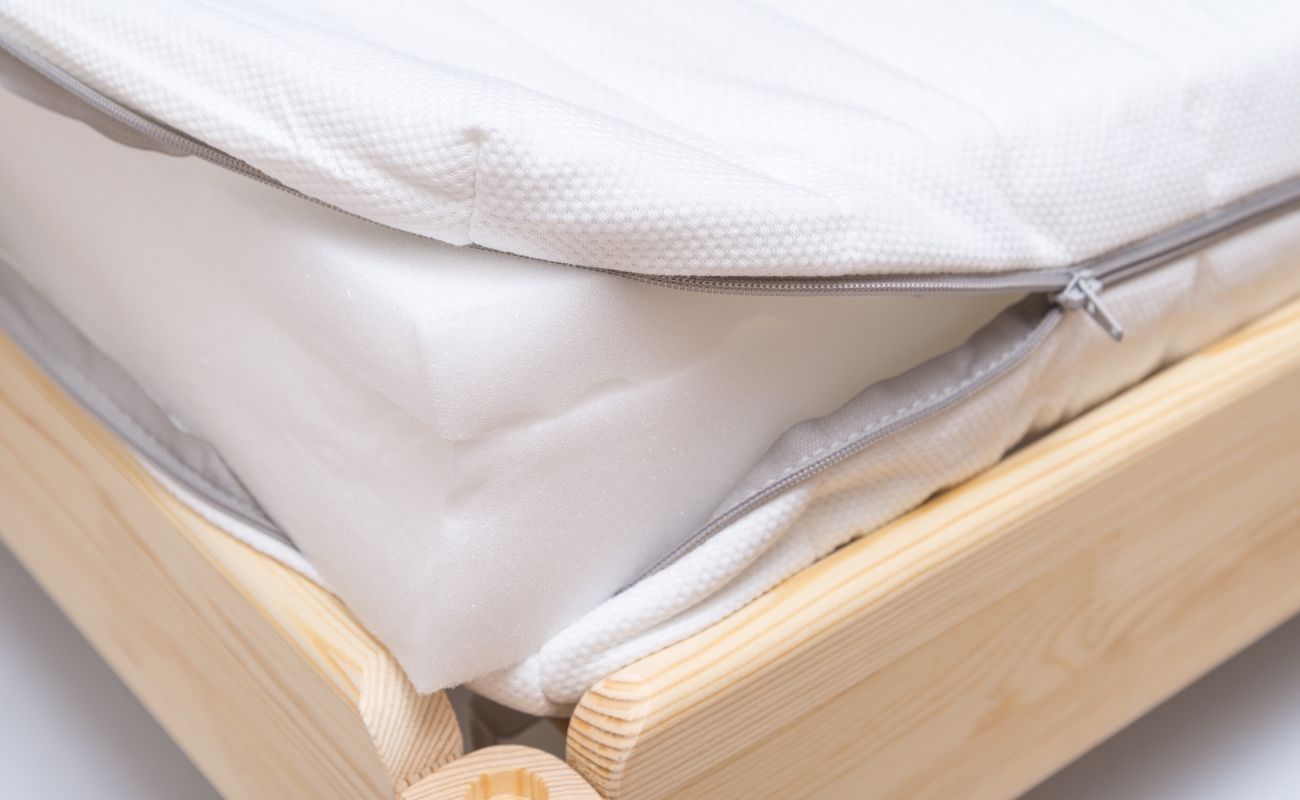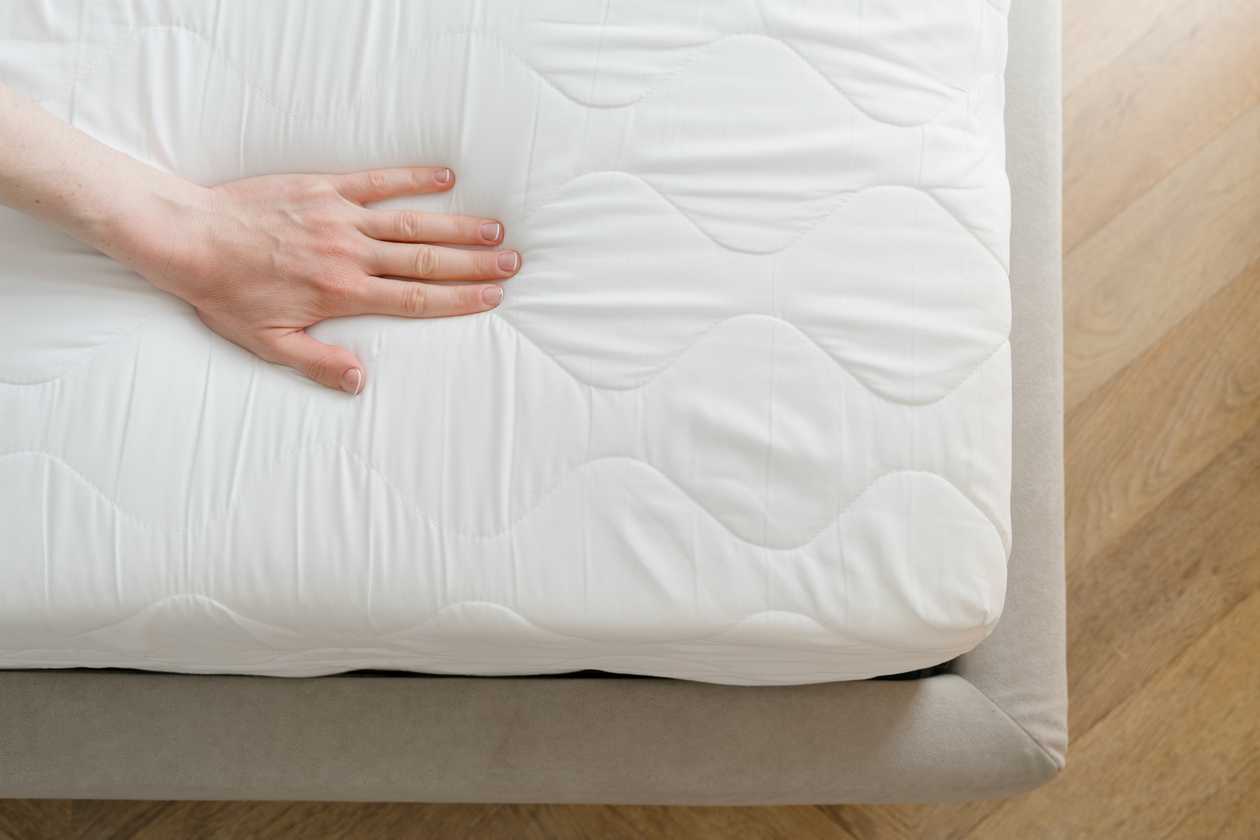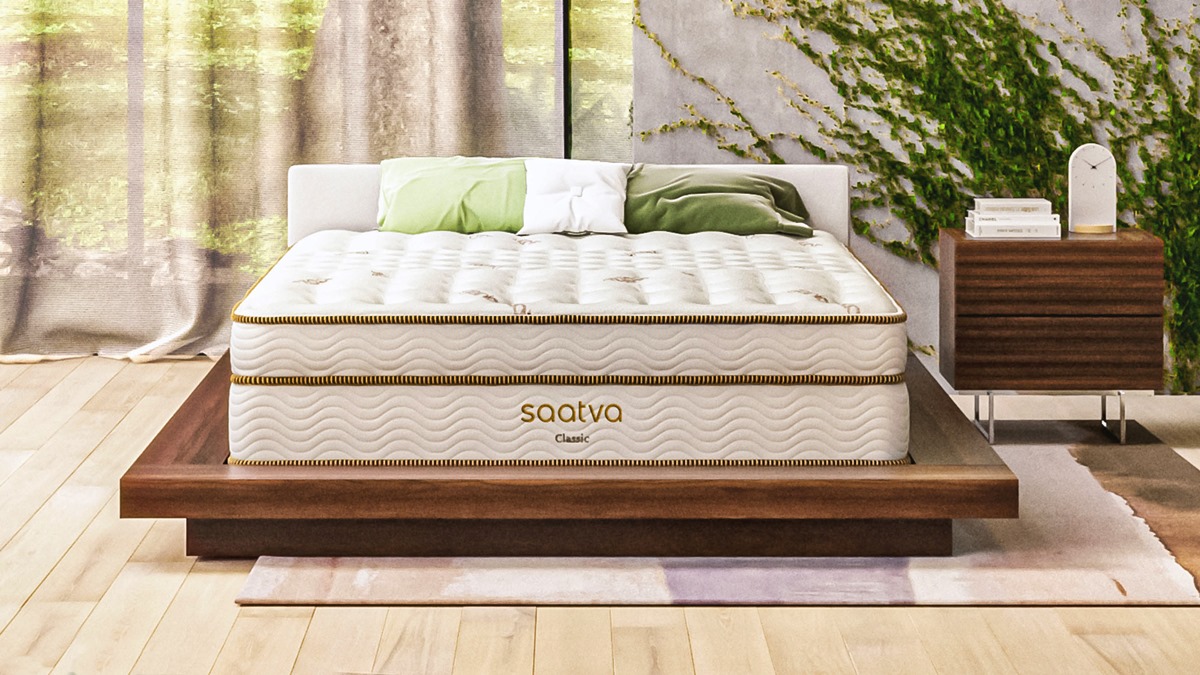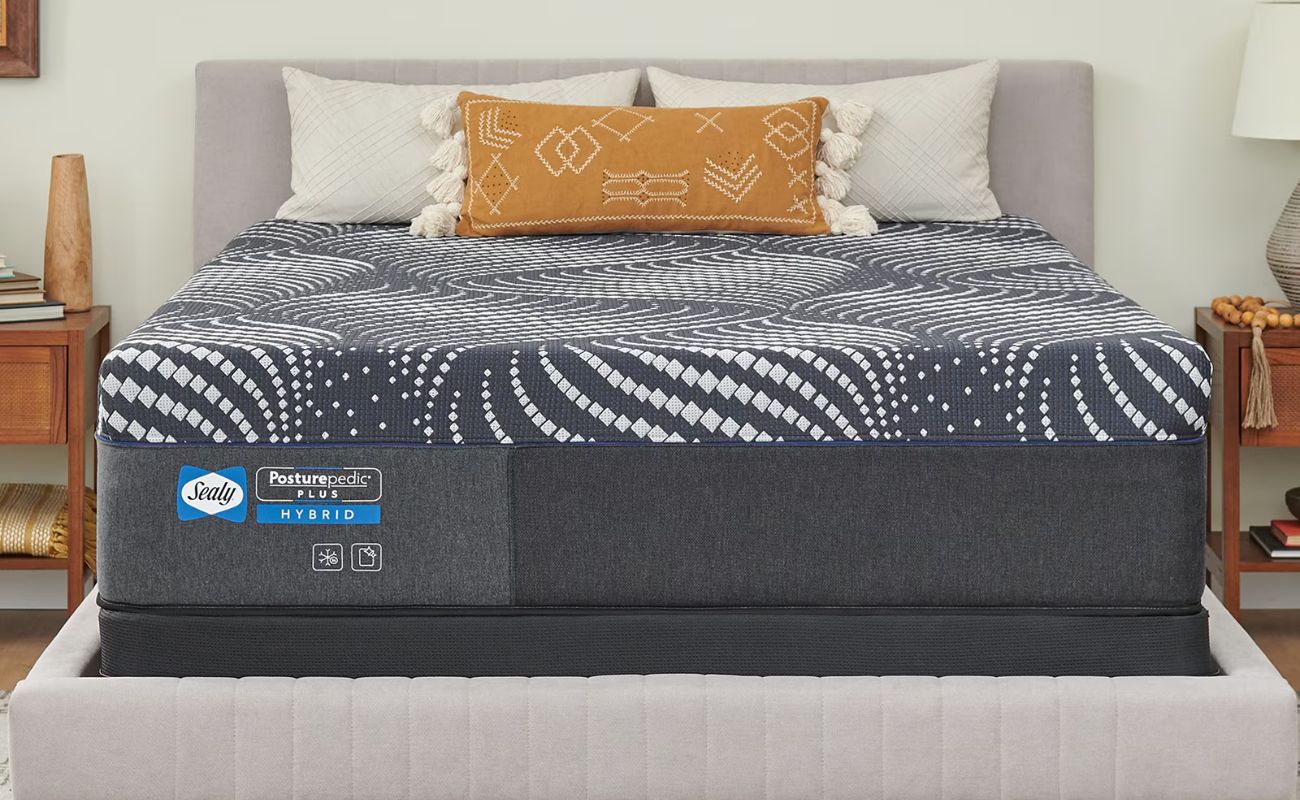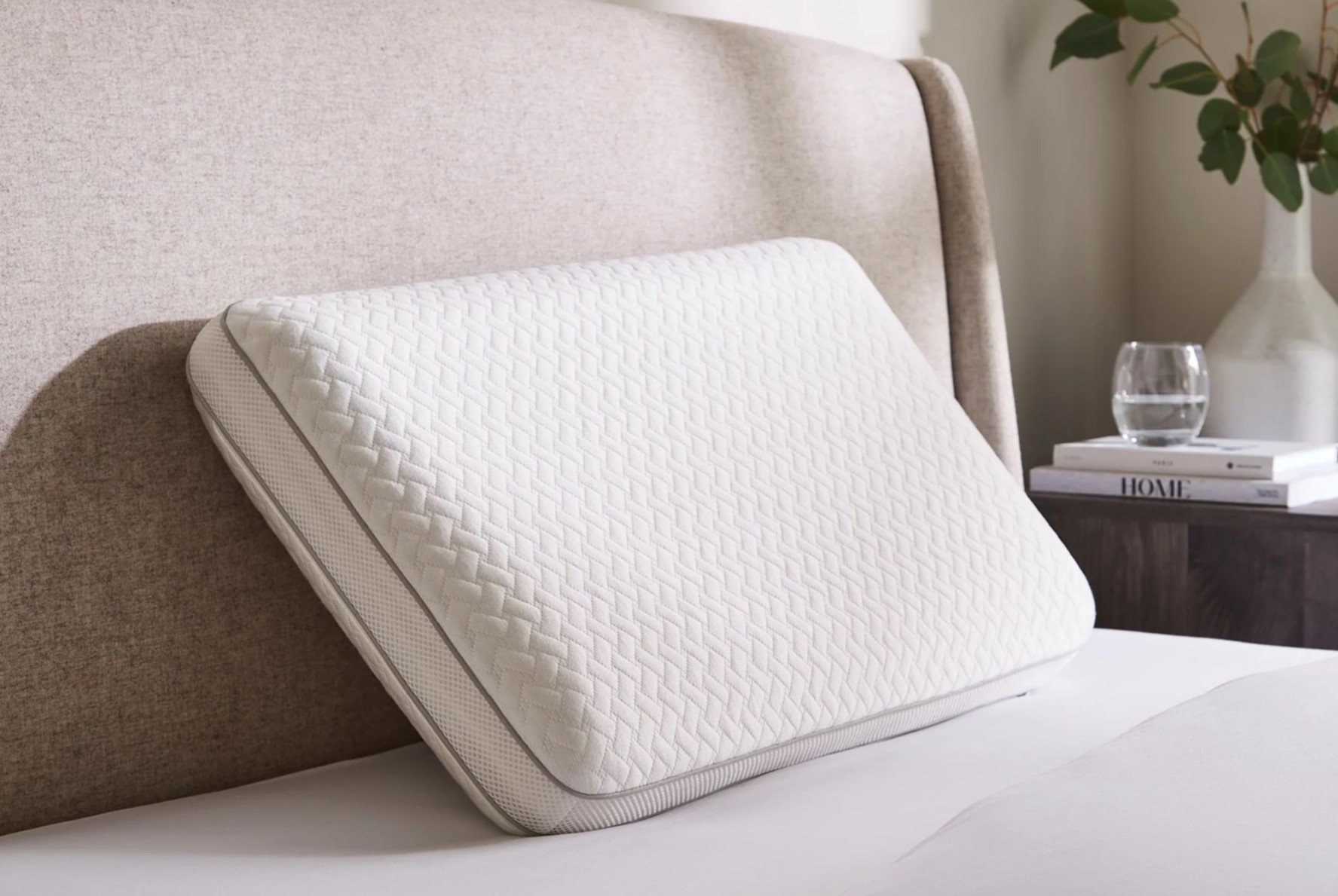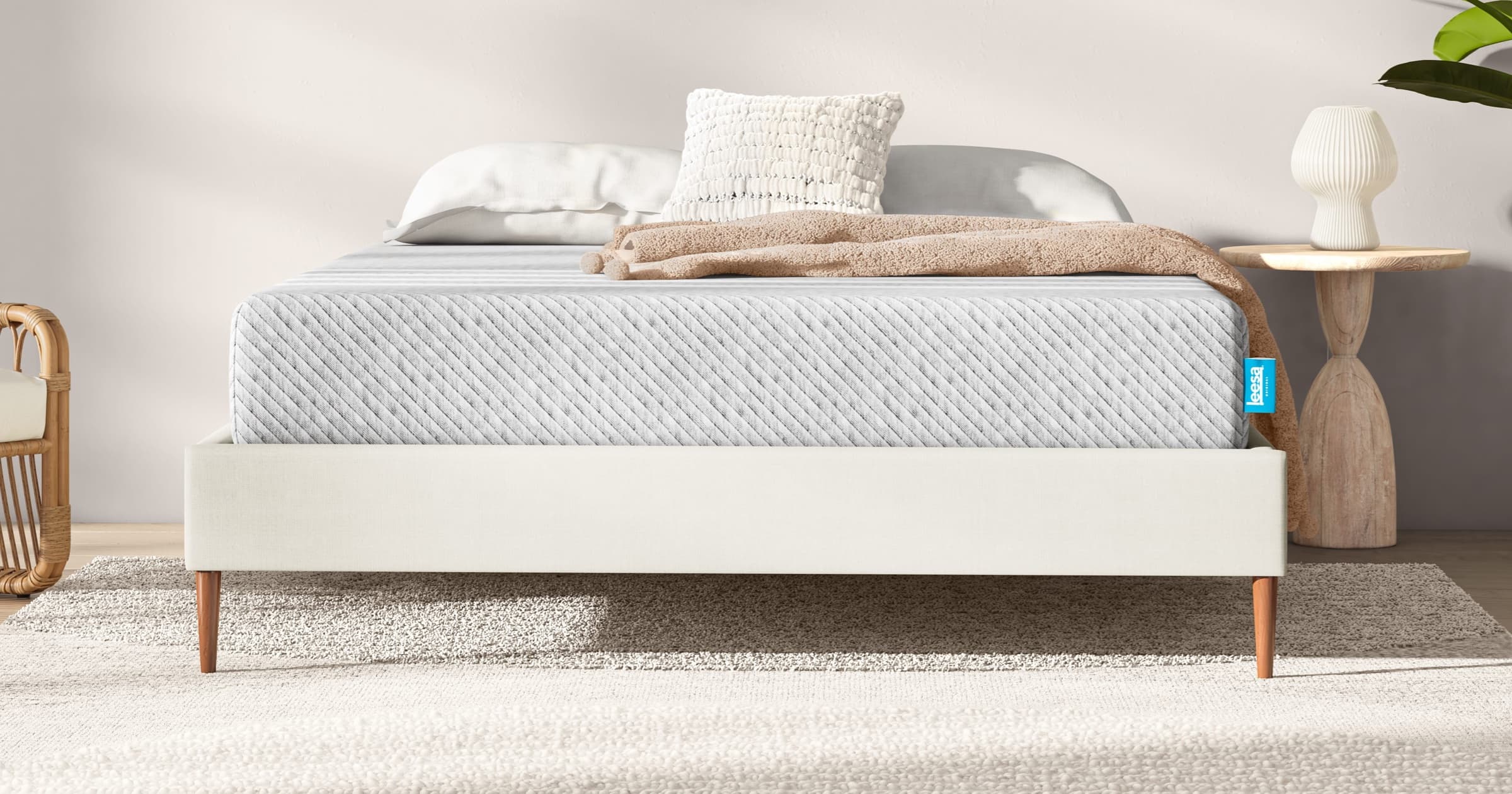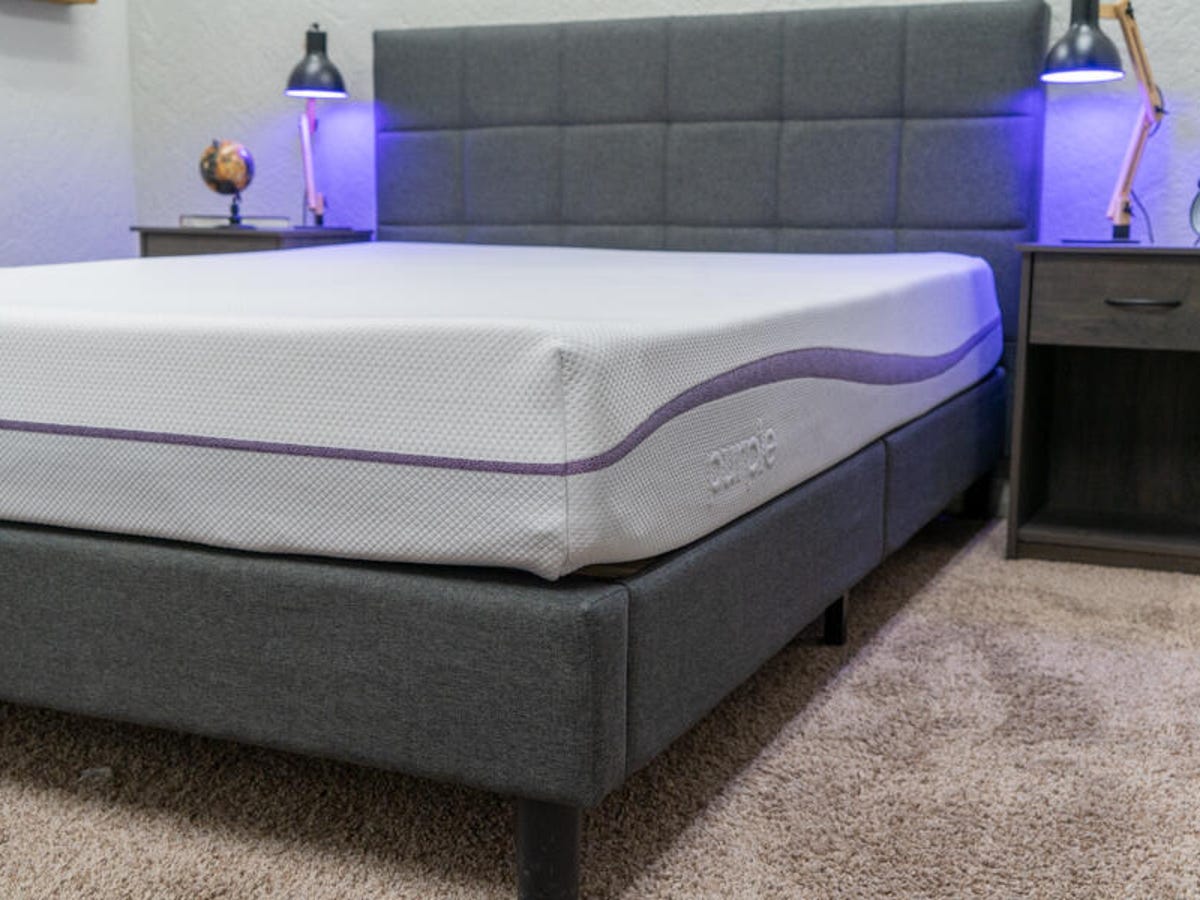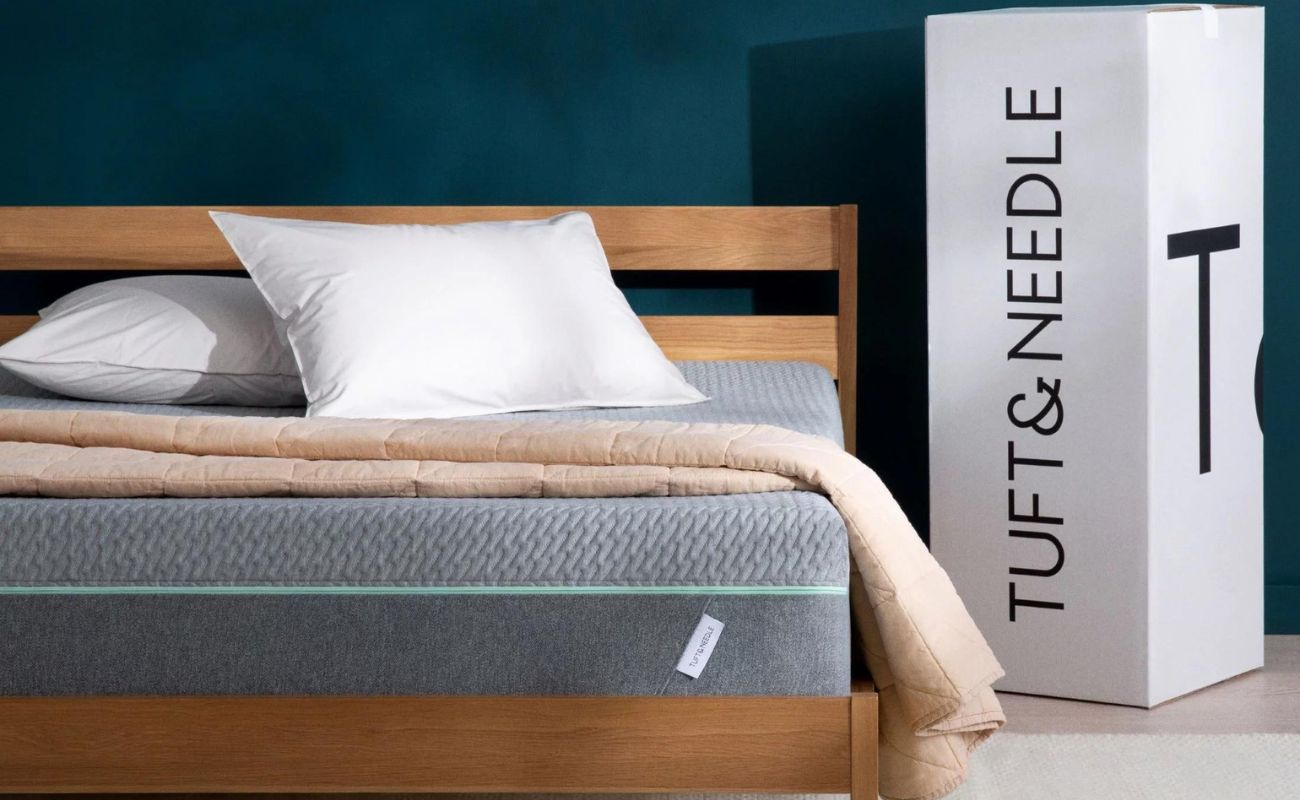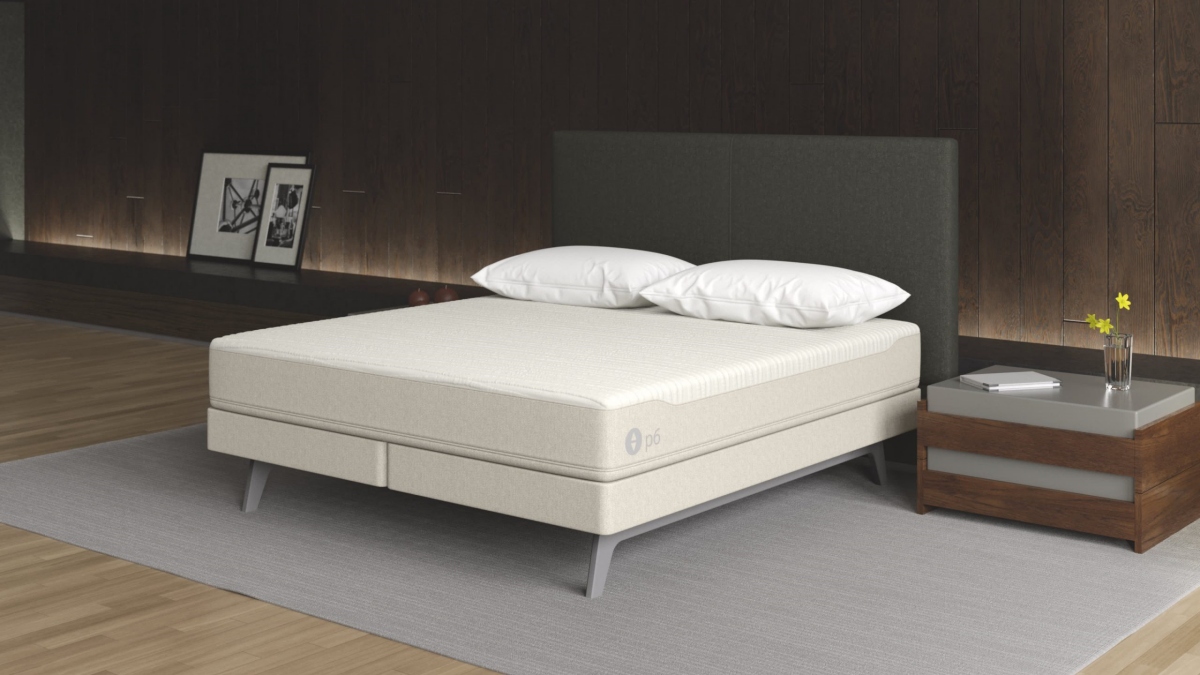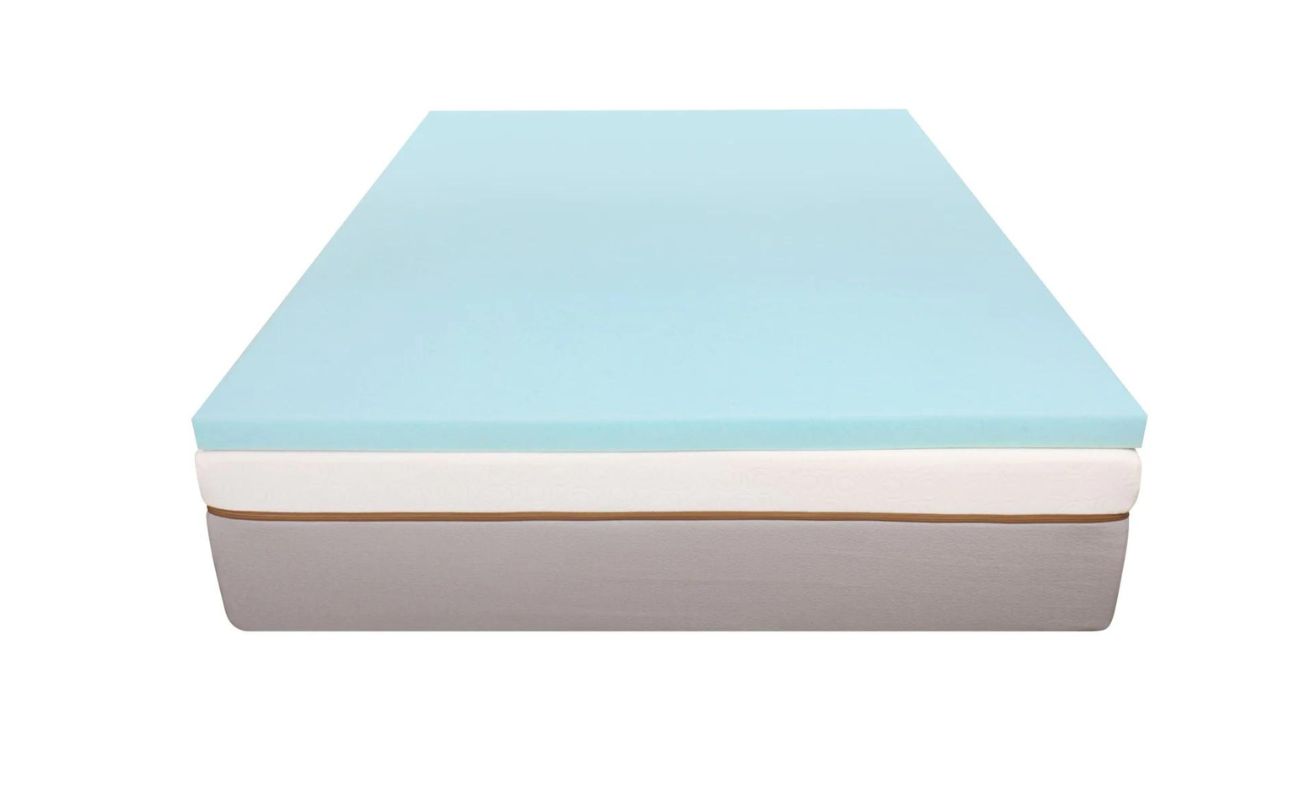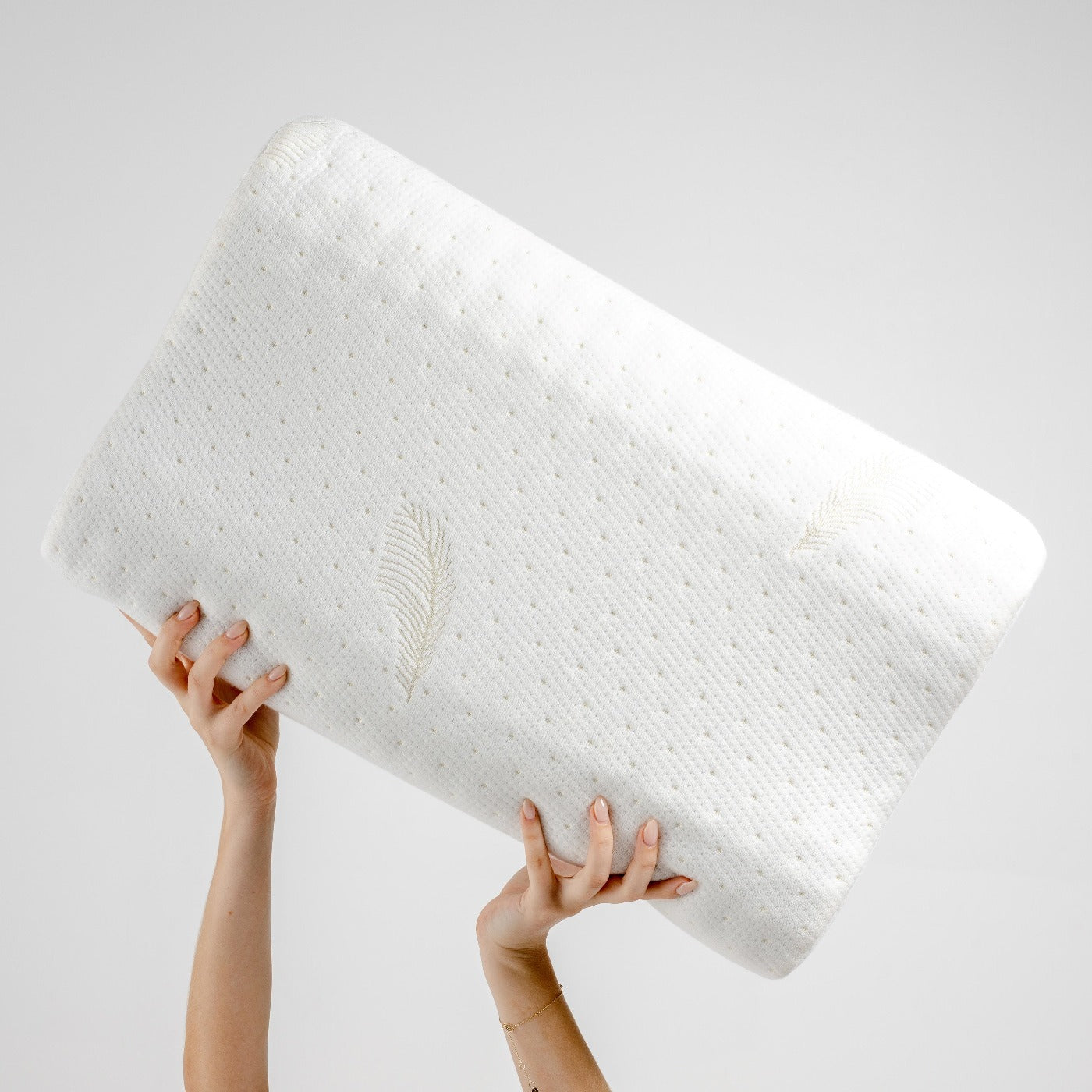Home>Furniture>Bedroom Furniture>How Long Does A Foam Mattress Last
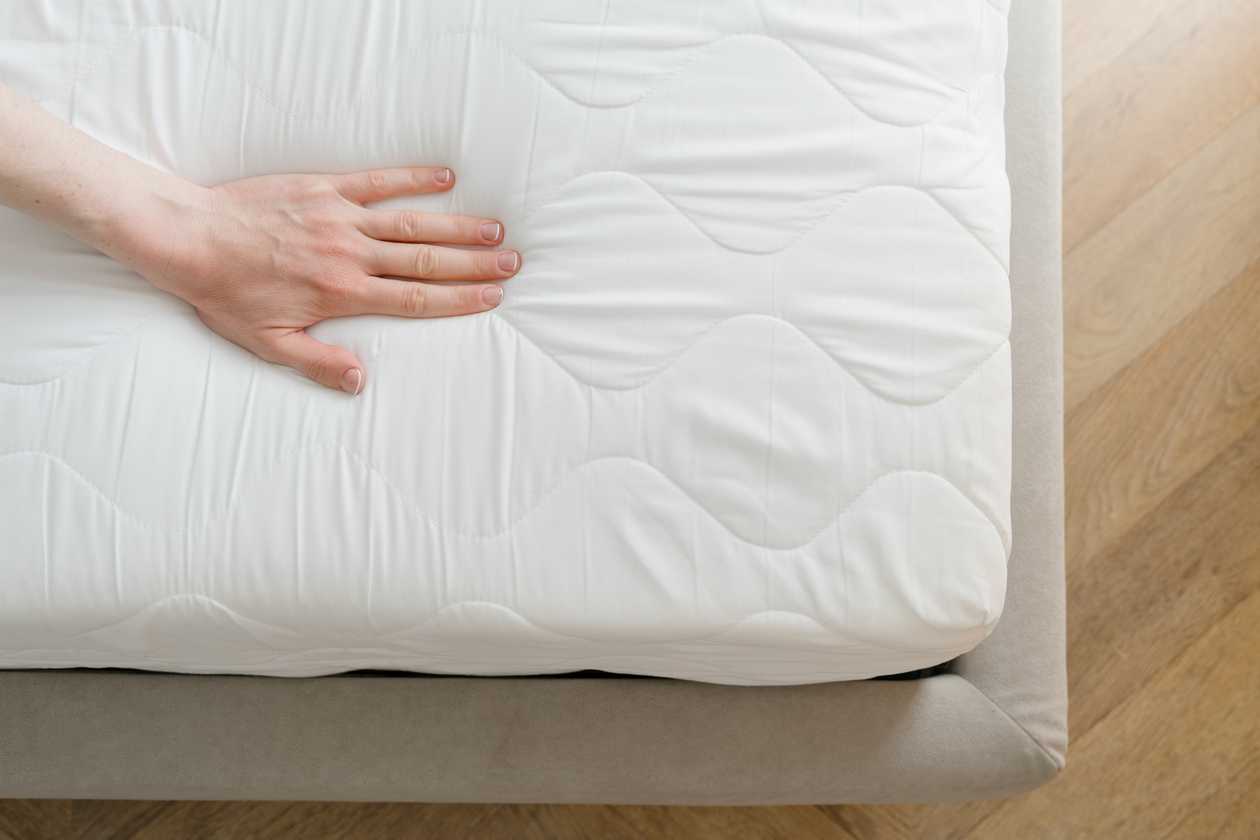

Bedroom Furniture
How Long Does A Foam Mattress Last
Modified: February 25, 2024
Discover how long a foam mattress typically lasts and get tips on extending its lifespan. Upgrade your bedroom furniture today.
(Many of the links in this article redirect to a specific reviewed product. Your purchase of these products through affiliate links helps to generate commission for Storables.com, at no extra cost. Learn more)
Introduction
A foam mattress is a popular choice for bedroom furniture due to its comfort and support. Whether you’ve just purchased a foam mattress or have been using one for years, you may find yourself wondering how long it will last. Knowing the lifespan of your mattress is crucial for both budgeting and ensuring that you’re getting the most out of your investment.
While there isn’t a definitive answer to the question of how long a foam mattress lasts, there are several factors that can affect its lifespan. Understanding these factors and knowing when to replace your mattress can help you maintain a comfortable and supportive sleep environment.
In this article, we will explore the various factors that impact the lifespan of a foam mattress, provide an average estimate of how long they typically last, discuss signs that indicate it may be time to replace your mattress, and share steps you can take to extend its lifespan.
Before we delve into the specifics, it’s important to note that the information provided here is based on general guidelines, and individual experiences may vary depending on usage, care, and mattress quality.
Key Takeaways:
- A well-maintained and high-quality foam mattress can last around 8 to 10 years, but signs like sagging, discomfort, and allergies indicate it may be time for a replacement.
- To extend your foam mattress’s lifespan, use a protector, rotate it regularly, ensure proper support, keep it clean, and avoid rough handling. These steps can maximize comfort and durability.
Read more: How Long Does A Memory Foam Mattress Last
Factors that Affect the Lifespan of a Foam Mattress
The lifespan of a foam mattress can vary depending on several factors. By understanding these factors, you can better assess the longevity of your mattress. Here are some key factors that can affect the lifespan of a foam mattress:
- Quality of Materials: The quality of the foam used in the mattress can greatly impact its durability. Higher-quality foam, such as high-density memory foam, tends to have a longer lifespan compared to lower-quality foam.
- Density: Foam mattress density is an important factor to consider. The density is measured in pounds per cubic foot (PCF). Higher density foam typically lasts longer and provides better support. Foam with a density between 4-6 PCF is considered to be high-quality and long-lasting.
- Usage and Weight: The amount of use and the weight of the individuals sleeping on the mattress can also affect its lifespan. Mattresses that are regularly used by heavier individuals may experience more wear and tear, leading to a shorter lifespan.
- Maintenance and Care: Proper maintenance and care can significantly extend the lifespan of a foam mattress. Regularly rotating the mattress, using a mattress protector, and keeping the mattress clean and dry can help prevent premature wear and extend its overall lifespan.
- Temperature and Humidity: Foam mattresses can be sensitive to extreme temperature and humidity conditions. Exposure to high levels of heat and moisture can degrade the foam over time, leading to a decrease in its lifespan.
It’s important to note that the lifespan of a foam mattress can also be influenced by personal factors such as lifestyle, sleeping habits, and the use of a proper foundation or base. Additionally, the warranty and quality of craftsmanship provided by the manufacturer can play a significant role in determining the potential lifespan of the mattress.
While these factors can provide a general understanding of how long a foam mattress may last, it’s essential to pay attention to the specific recommendations provided by the manufacturer to ensure its longevity. Regularly evaluating the condition of your mattress and understanding when it may need to be replaced is essential for maintaining a comfortable and supportive sleep environment.
Average Lifespan of a Foam Mattress
The average lifespan of a foam mattress can vary depending on the factors mentioned earlier. On average, a well-maintained and high-quality foam mattress can last between 8 to 10 years. However, this is just a general estimation and individual experiences may vary.
It’s important to keep in mind that the lifespan of a foam mattress can also be influenced by the level of comfort and support it provides over time. As the foam begins to age and lose its resilience, the mattress may become less supportive and comfortable, indicating that it’s time for a replacement.
Additionally, the warranty offered by the manufacturer can give you a good idea of the expected lifespan of the mattress. Many manufacturers provide warranties ranging from 10 to 20 years, which suggests the expected durability of their products.
It’s worth noting that a warranty doesn’t necessarily mean that the mattress will last for the entire duration stated. It usually covers specific defects or issues within the given timeframe. However, a longer warranty may indicate that the manufacturer has confidence in the overall durability of their product.
Regularly evaluating the condition of your foam mattress is crucial in determining if it has reached its lifespan. Pay attention to changes in comfort, support, and noticeable signs of wear and tear. If you believe your mattress is nearing the end of its lifespan, it may be time to consider purchasing a new one to ensure a healthy sleep environment.
Remember, individual experiences may vary based on factors such as usage, care, and the quality of the mattress itself. However, by understanding the average lifespan of a foam mattress and being mindful of the signs that indicate when it’s time for a replacement, you can make informed decisions to maintain a comfortable and supportive sleep surface for years to come.
Foam mattresses typically last around 7-10 years with proper care and maintenance. To extend its lifespan, rotate the mattress regularly and use a mattress protector to prevent damage.
Signs that Indicate Your Foam Mattress May Need to be Replaced
A foam mattress is an investment in your sleep quality and overall wellbeing. Over time, your mattress may undergo wear and tear, impacting its comfort and support. Here are some common signs that indicate your foam mattress may need to be replaced:
- Sagging or Indentations: One of the most noticeable signs that your foam mattress has reached its lifespan is sagging or visible indentations. If you notice significant sinking or uneven areas where you sleep, it’s a clear indication that the mattress has lost its ability to provide proper support.
- Lack of Comfort: Your foam mattress should provide a comfortable sleeping surface. If you’re waking up feeling uncomfortable, experiencing more aches and pains, or finding it difficult to get a good night’s sleep, it could be a signal that your mattress is no longer providing the necessary cushioning and support your body needs.
- Increased Allergies or Respiratory Issues: As your foam mattress ages, it can accumulate dust mites, allergens, and bacteria, which can trigger allergies or respiratory issues. If you notice an increase in allergy symptoms or respiratory problems that persist even after cleaning your mattress, it may be time to consider a replacement.
- Disruption in Sleep Partners: Sharing a mattress with a partner can make it easier to detect signs of wear. If you or your partner experience more disturbances during sleep, such as motion transfer or sagging in one specific area, it’s an indication that the mattress may be worn out and no longer providing proper support.
- Visible Wear and Tear: Physical signs of wear and tear, such as fraying fabric, exposed foam, or broken springs (for hybrid foam mattresses), are clear indicators that your mattress is past its prime. These issues can affect both the comfort and longevity of your sleep surface.
While it’s essential to evaluate these signs, it’s equally important to consider the age of your mattress and the manufacturer’s warranty. If your mattress is older than the recommended lifespan or the warranty has expired, it’s a strong indication that you should start looking for a replacement.
Ultimately, trust your instincts and listen to your body. If you’re no longer experiencing the comfort and support that you once did, it’s time to consider investing in a new foam mattress to ensure a restful and rejuvenating sleep experience.
Steps to Extend the Lifespan of Your Foam Mattress
A foam mattress is a long-term investment in your comfort and sleep quality. To make the most out of your mattress and extend its lifespan, here are some steps you can take:
- Use a Mattress Protector: A mattress protector acts as a barrier, protecting your foam mattress from spills, stains, dust, allergens, and even bed bugs. By preventing these elements from penetrating the mattress, you can keep it clean and prolong its lifespan.
- Rotate Your Mattress: Regularly rotating your foam mattress can help distribute the wear and tear evenly. Aim to rotate it every three to six months, or as recommended by the manufacturer. This helps prevent overuse of specific areas and maintains the mattress’s overall shape and support.
- Ensure Proper Support: Make sure your foam mattress is supported by a sturdy and appropriate foundation or bed frame. The right support system can prevent sagging and minimize stress on the mattress. Consult the manufacturer’s guidelines to ensure you have the correct support for your specific mattress model.
- Keep it Clean: Regular cleaning helps maintain the quality of your foam mattress. Follow the manufacturer’s instructions for cleaning or spot treating any stains. Vacuuming your mattress periodically can remove dust and allergens that may have settled on its surface. However, be cautious with wet cleaning methods, as excessive moisture can damage foam materials.
- Avoid Jumping and Rough Handling: Foam mattresses are designed for sleeping, not for jumping or rough play. Excessive pressure or impact can damage the foam cells and reduce the mattress’s lifespan. Encourage proper use of the mattress and avoid any activities that could cause unnecessary stress or strain.
- Control Temperature and Humidity: Foam mattresses can be sensitive to extreme temperature and humidity levels. Excessive heat or moisture can cause the foam to break down prematurely. Keep your bedroom at a moderate temperature and use proper ventilation or dehumidifiers if needed to maintain a favorable sleep environment.
- Follow Weight Limits: Pay attention to weight limits specified by the mattress manufacturer. Overloading the mattress can lead to increased wear and tear and reduce its overall lifespan. If your mattress has weight limits, make sure to adhere to them to maintain its structural integrity.
By following these steps and taking proper care of your foam mattress, you can maximize its lifespan and enjoy a comfortable and supportive sleep surface for years to come. Remember to consult the specific care guidelines provided by the manufacturer and address any issues or concerns promptly to ensure the longevity of your investment.
Conclusion
Investing in a foam mattress is a decision that can greatly enhance your sleep quality and overall well-being. Understanding the factors that affect its lifespan, recognizing signs that indicate when it needs to be replaced, and taking steps to extend its longevity are all essential in ensuring that you get the most out of your mattress.
While the average lifespan of a foam mattress is around 8 to 10 years, individual experiences may vary based on factors such as usage, care, and mattress quality. By considering the quality of materials, density, usage, maintenance, and environmental conditions, you can gauge the durability of your foam mattress.
Signs such as sagging, lack of comfort, increased allergies or respiratory issues, disturbances during sleep, and visible wear and tear serve as indicators that your foam mattress may need to be replaced. Trust your instincts and pay attention to these signs to ensure optimal comfort and support for a restful sleep experience.
To extend the lifespan of your foam mattress, implement practices such as using a mattress protector, rotating the mattress, ensuring proper support, keeping it clean, avoiding rough handling, controlling temperature and humidity, and following weight limits. These steps will help maintain the quality and durability of your mattress, allowing you to enjoy its benefits for a longer duration.
In conclusion, the lifespan of a foam mattress is influenced by several factors, and it’s important to be proactive in recognizing when it’s time for a replacement. By staying mindful of the signs of wear and tear, practicing proper maintenance, and investing in a high-quality foam mattress, you can create a sleep environment that promotes restful nights and rejuvenated mornings for years to come.
Frequently Asked Questions about How Long Does A Foam Mattress Last
Was this page helpful?
At Storables.com, we guarantee accurate and reliable information. Our content, validated by Expert Board Contributors, is crafted following stringent Editorial Policies. We're committed to providing you with well-researched, expert-backed insights for all your informational needs.
